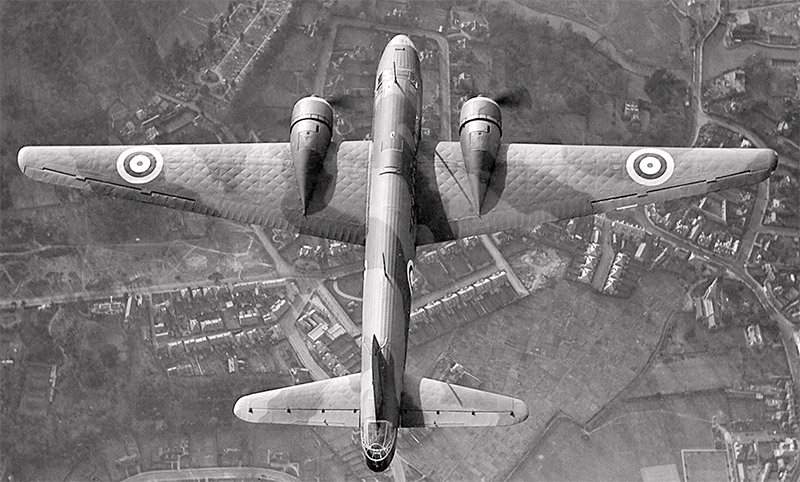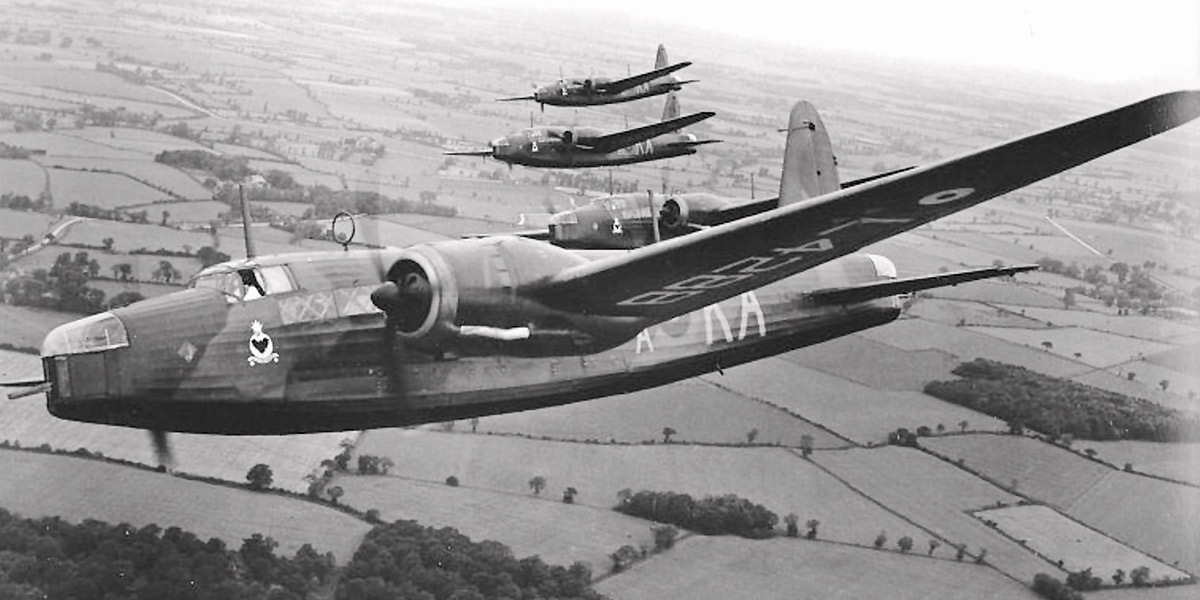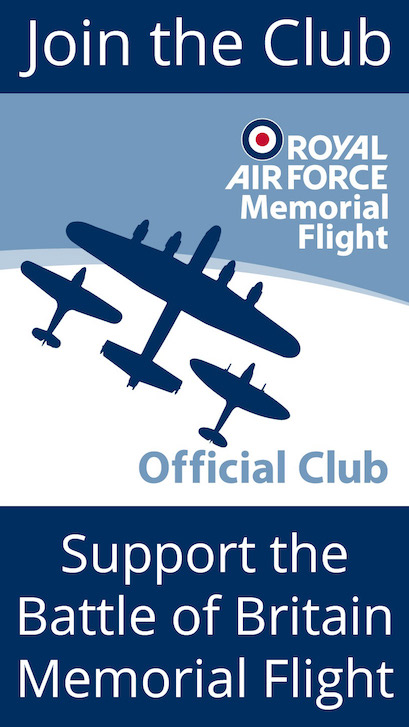Battle of the Heligoland Bight, December 1939
Header image: Vickers Wellington Mk 1 medium bombers from IX Sqn took part in the disastrous raid.
The first named air battle of the Second World War– the Battle of the Heligoland Bight – took place 80 years ago this month, on 18th December 1939. The largest air engagement of the war so far, it was a disaster for RAF Bomber Command and became a turning point of the war.
In 1939 RAF Bomber Command had 23 operational bomber squadrons with a total of only 280 aircraft. This force could strike at Nazi Germany, but only in daylight with any accuracy, and for political reasons only against strictly military targets; civilian casualties had to be avoided. There was a belief that bombers flying in close formation in daylight could defend themselves against fighter aircraft. This belief was about to be put to the test.
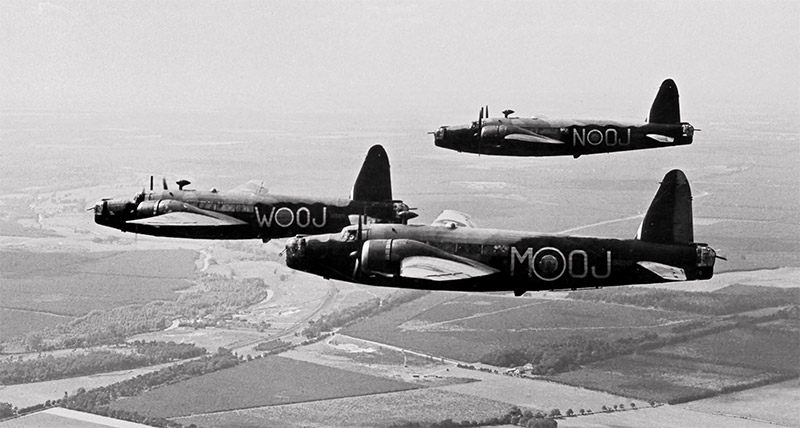
The British Air Ministry decided to launch an attack on German surface ships to prevent them supporting the U-boats in the North Atlantic. On 18th December 1939, a force of Vickers Wellington medium bombers – nine from IX Squadron at Honington, six from 37 Squadron at Feltwell, and nine from 149 Squadron at Mildenhall – was sent to engage German ships in the Heligoland Bight and sink or damage as many as possible. The Heligoland Bight is an area of sea extending from the bay at the mouth of the Elbe River, north of the German ports of Wilhelmshaven and Bremerhaven.
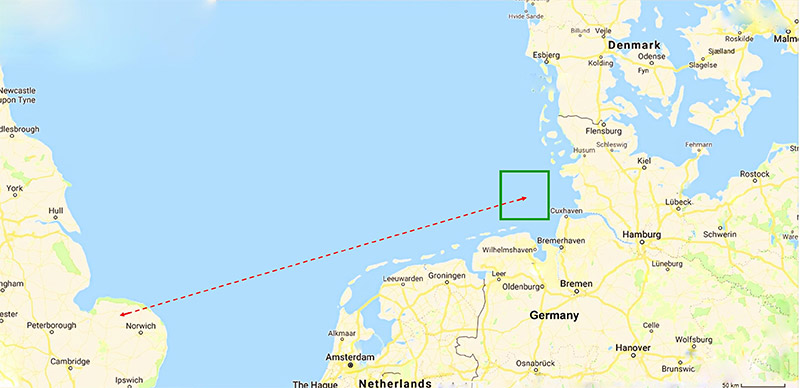
The 24 twin-engine Vickers Wellingtons took off for the daylight raid around 0930, led by 149 Squadron’s C.O. Wing Commander Richard Kellet. Two of the aircraft turned back early, leaving 22 Wellingtons to fly on to the target area, where there was no cloud cover for protection. No German ships were found at sea. Several German Navy warships were sighted in Wilhelmshaven Harbour, but could not be bombed under the rules of engagement in case civilians were hit. So the Wellingtons turned for home, with the formation now stretched.
On the return flight they were engaged by 44 Luftwaffe fighters – a mixture of Me Bf 110s and Bf 109s – and a fierce aerial battle ensued, with the RAF bombers coming off far worse. Of the 22 Wellingtons, 10 were shot down, two ditched in the sea before reaching the English coast and three more crash landed in East Anglia. 37 Squadron suffered most, with five of its six aircraft shot down. Of the 22 bombers that reached the target area, 15 had been lost, 68 per cent of the force.
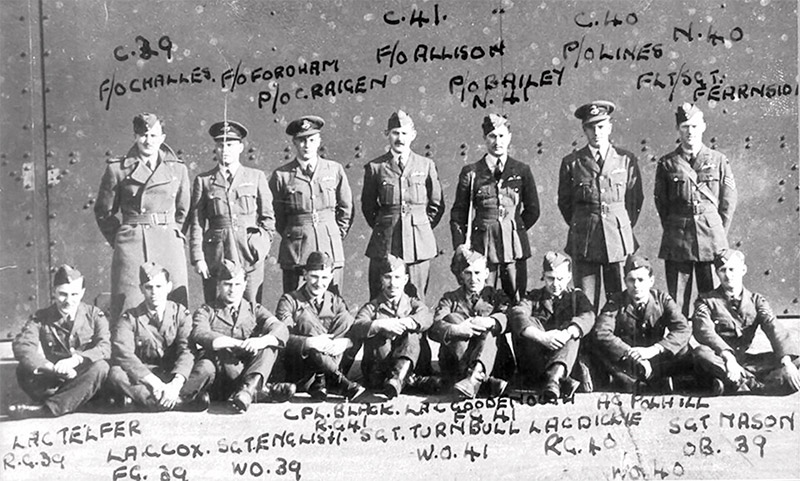
In the attack of 18th December 1939, 56 RAF aircrew were killed and five were taken prisoner. One of those prisoners, air gunner Aircraftman 1st Class Geddes, died during his imprisonment of the wounds he had received. These 57 men did not get to see Christmas 1939. Such heavy losses were unacceptable on a raid that was entirely unsuccessful, with not a single German war ship sunk. The Luftwaffe, on the other hand, lost only two Me Bf 109 fighters and their pilots.
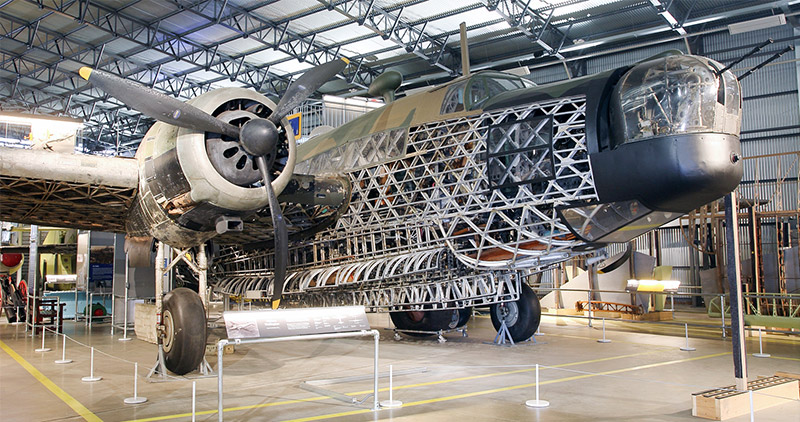
After this debacle it was recognised that the British bombers could not defend themselves against the fast and well-armed German fighters, in daylight. As a direct result of the disaster over the Heligoland Bight on 18th December 1939, RAF Bomber Command was forced to change its policy permanently, abandoning day bombing and resorting to night bombing raids for most of the rest of the war. In an additional measure, the Wellington aircraft received improved armour and armament, and self-sealing petrol tanks, creating a successful medium bomber for the early stages of the night bombing campaign.
Lest we forget.
